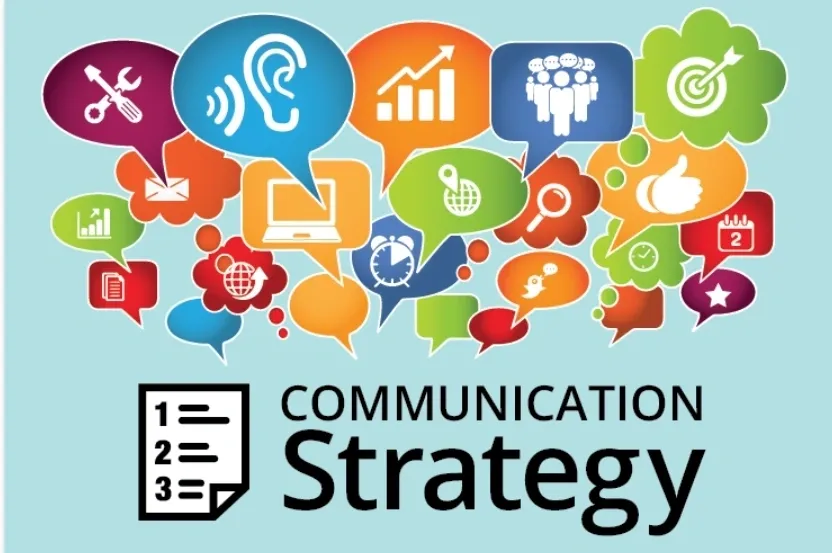Let’s break down your communication strategy into bite-sized chunks, like conquering a delicious pizza (one slice at a time!). First up, let’s figure out what you want to achieve with your communication game. Is it about being super transparent with your team, or maybe announcing some exciting company updates? No worries, Tackle it all!
Step 1: Define Objectives and Goals
First things first, identify what you want to achieve with your communication strategy. Assess the needs of both internal and external stakeholders and set clear objectives. This could involve enhancing transparency or announcing exciting organizational changes.
Step 2: Identify Key Stakeholders
Next up, recognize the important groups and individuals who need to be kept in the loop. This includes executives, employees, departments, as well as clients, customers, partners, and the media.
Step 3: Tailor Communication Channels
To make sure everyone gets the message loud and clear, pick the perfect communication channels. Think emails, team huddles, or even fun company newsletters! And to make sure the conversation flows both ways, set up ways for everyone to share their thoughts and ask questions.
Step 4: Establish a Communication Calendar
Consistency is key, so create a handy calendar outlining when and how those messages will be communicated. Make sure to align it with important organizational milestones and events.
Step 5: Craft Clear and Consistent Messages
Make sure your messages are crystal clear and aligned with your organization’s values. Define key messages and maintain consistency across all communication channels.
Step 6: Consider Audience Segmentation
Remember, different people have different needs. Tailor messages so everyone gets the information that’s most relevant to them, kind of like personalizing pizzas with everyone’s favorite toppings!
Step 7: Incorporate Visuals and Multimedia
To make your communication more engaging, include visual aids like charts, graphs, and infographics. We even explore multimedia options like videos or webinars.
Step 8: Make it Accessible
A priority is to ensure that everyone can easily access the communication plan. Set up convenient access points like an internal website where the team can find the information they need.
Step 9: Encourage Feedback and Questions
Communication is a two-way street. Create open channels for the employees to provide feedback and ask questions. And of course, make sure to respond promptly to their inquiries.
Step 10: Iterate and Improve
The communication strategy should always be evolving and treat it as a dynamic process, embracing continuous improvement. Learn from feedback and incorporate lessons from previous initiatives to make the future plans even better.
With this friendly and comprehensive plan, you’ll be on your way to effective and engaging communication in no time. Let’s get started!
Know someone who can benefit from this newsletter- share it with them.

